
Catch's Caped Avenger, Baetis
CATCH Fly Fishing's Eric Beebe brings his skill to the vise again bringing innovation and craftsmanship to the fly fishing industry. Catch's Caped Avenger, Baetisis a great all around attractor nymph, mimicking a variety of insects in the water from Mayflies to Caddis, emerging or otherwise.
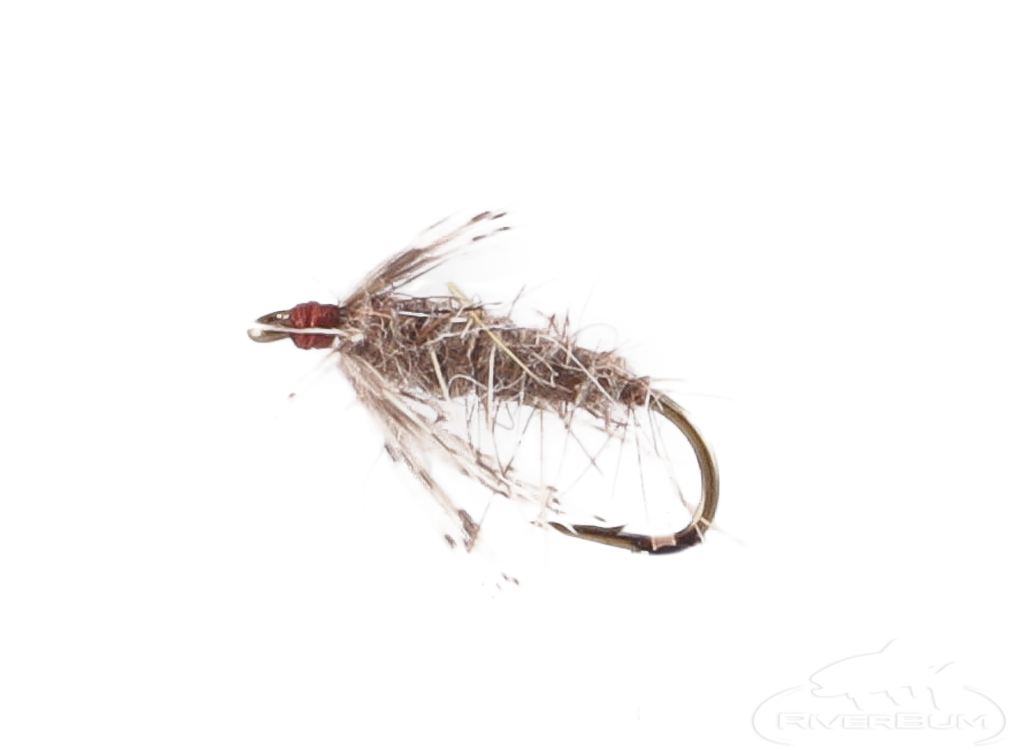
Soft Hackle, Hares Ear
The Soft Hackle Hares Ear adds a wiggle and little life to a classic nymph pattern. Soft hackles not only mimic the look of real insects but also mimic their movement. Fish this fly when caddis are hatching, as a rising mayfly nymph, or even dead drifted along the bottom.

Pulsating Caddis, Olive
This Pulsating Caddis, Olive pattern was developed by Jim Pettis, a guide on the lower Sacramento River, in 1993. The fly can be used in both streams and stillwaters. The term 'pulsating' comes from the combination of the beads and the dubbing material which give off a pulsating effect when moving within the water column. The fly can be used throughout the season from April through October. This is an extremely effective pattern wherever there are caddisflies.
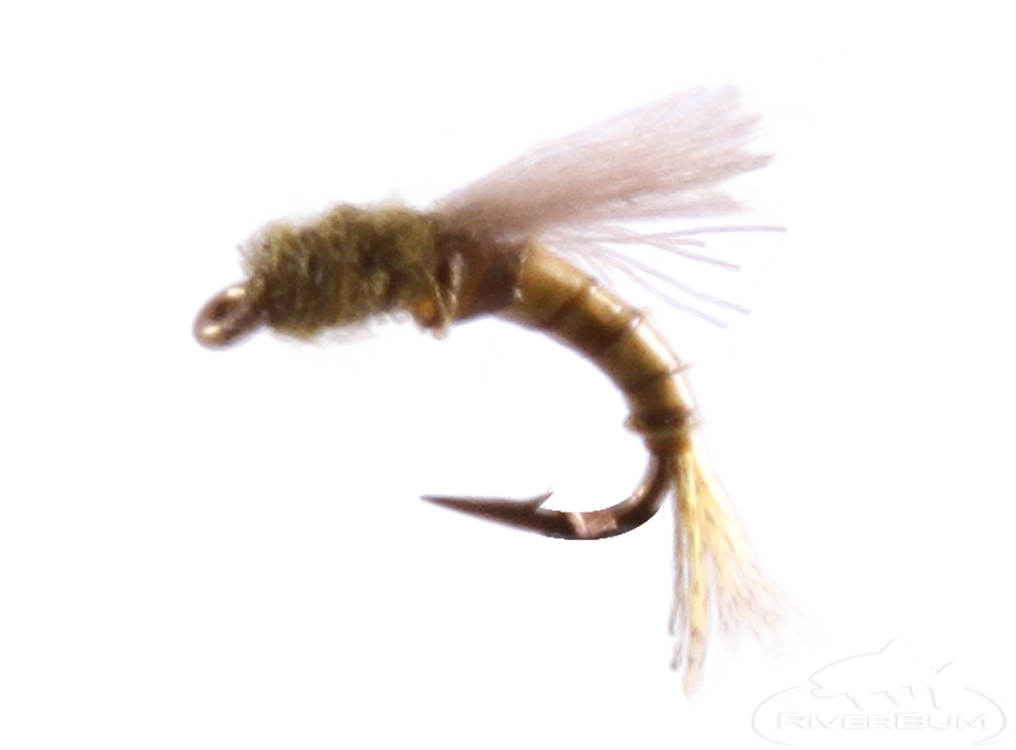
Blue Winged Olive Emerger, RS2
Baetis or Blue Winged Olive Mayflies are both a spring and fall hatching insect, critically important to trout. The hatches can be exciting to fish, especially if you have the right fly pattern with the correct presentation. The RS2 Blue Winged Olive Emerger is a Baetis pattern you shouldn't be without during such periods. Tried and proven, the RS2 Blue Winged Emerger is a fly that can truly be the tipping point between a day just fishing and taking in the scenery and a day actually moving some fish.

A.P. Emerger, Hares Ear
The Hares Ear A.P. Emerger Fly is one of the top patterns for imitating a callibaetis mayfly or damselfly nymph. This fly was developed for the shallow lakes of Oregon by well known stillwater angler Denny Rikards. When aquatic insects start to become active, lake anglers are finding the A.P. Emerger to be a one of the most consistent patterns they fish. When the fish are difficult to catch, having versatile patterns like this that match a variety of food sources will greatly increase your success.
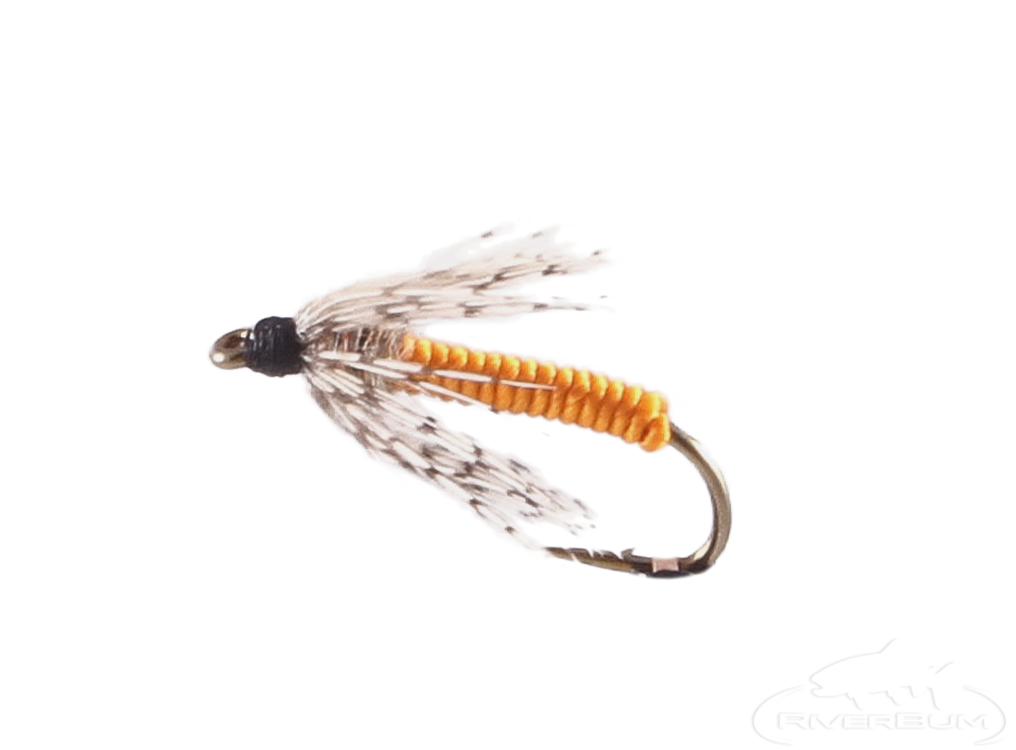
Soft Hackle, Partridge, Orange
Whether you prefer fishing downstream with a traditional wet fly swing approach, stripping it in stillwater, or drifting it as a nymph in constant motion, you'll find the subtle Orange Partridge Soft Hackle Fly to hold a quite a bit of fish catching magic.
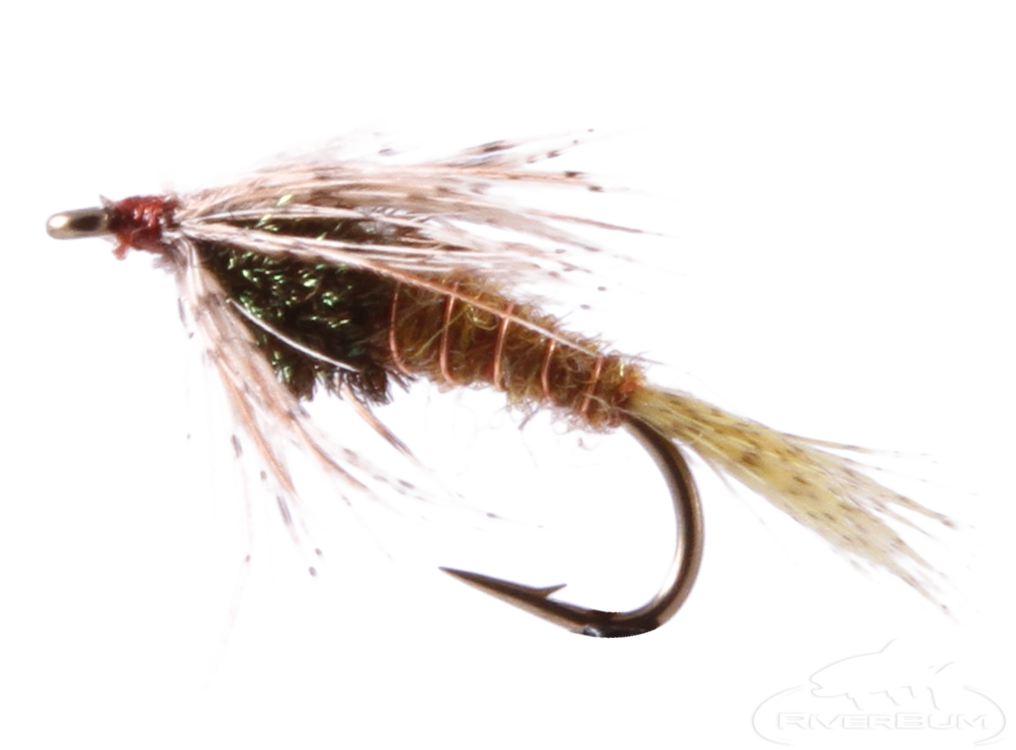
A.P. Emerger, Olive
The Olive A.P. Emerger Fly is one of the top patterns for imitating a callibaetis mayfly or damselfly nymph. This fly was developed for the shallow lakes of Oregon by well known stillwater angler Denny Rikards. When aquatic insects start to become active, lake anglers are finding the A.P. Emerger to be a one of the most constant patterns they fish. When the fish are difficult to catch, having versatile patterns like this that match a variety of food sources will greatly increase your success.
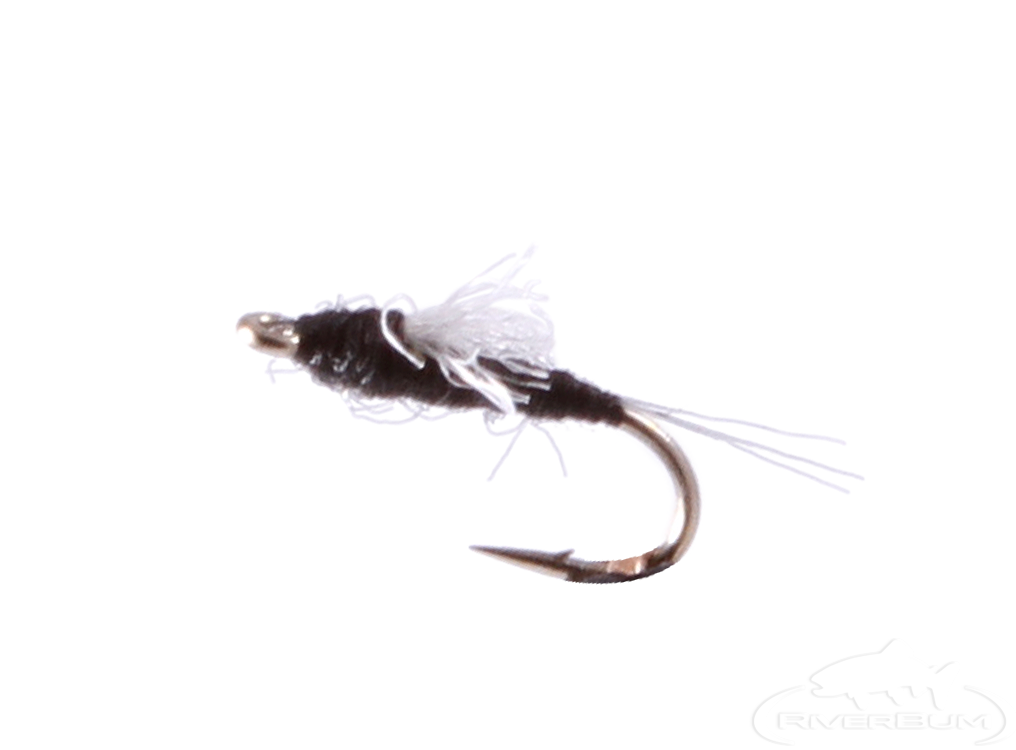
RS2, Black
The slim and realistic profile of the Black RS2 is perfect for imitating baetis and other Blue Winged Olive emergers, which turn dark just before the hatch. The RS2 in black also works as a midge pupa. This unassuming pattern isn't flashy but it's a major head-turner in the eyes of hungry trout.
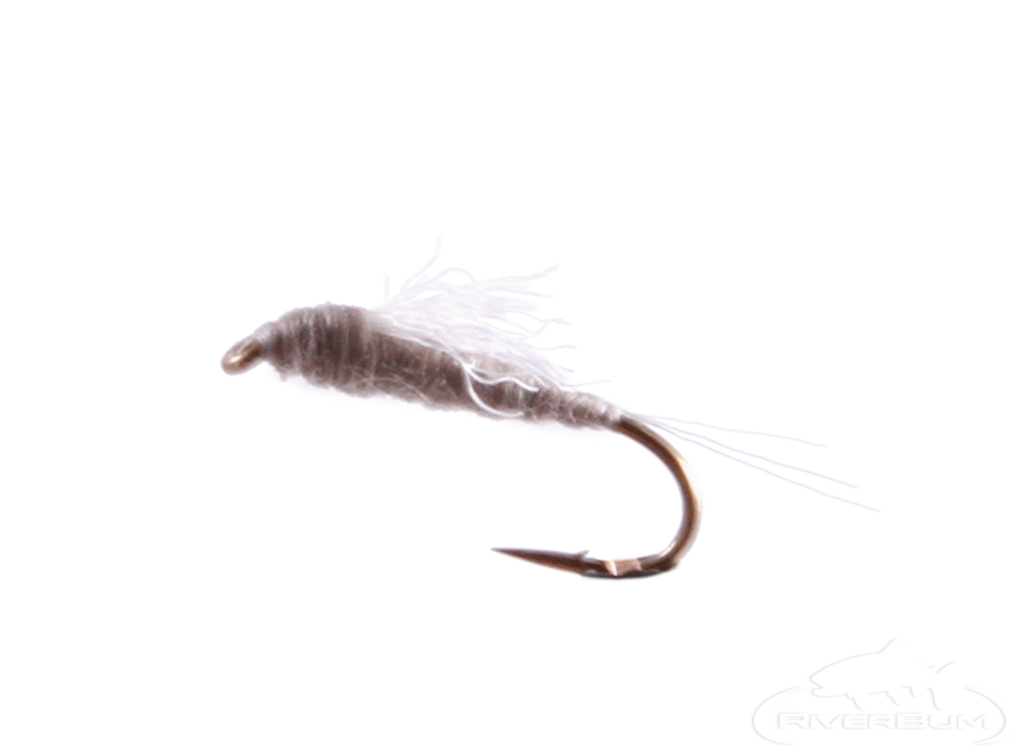
RS2, Gray
Many times sparsely dressed is the rule of the day when it comes to fooling a selective trout feeding on Mayfly emergers. The Gray RS2 most notably is a delicate, simplistic yet deadly fly during those ultra selective times on the water when the fish are keying on the emergent stage approaching or literally at the surface. This is an effective pattern as well for dropping below a Mayfly dun during those initial moments of a hatch when the fish are feeding on not only emergers but beginning to key on the duns as well. Give the Gray RS2 a try during those critical presentation and hatch matching times.
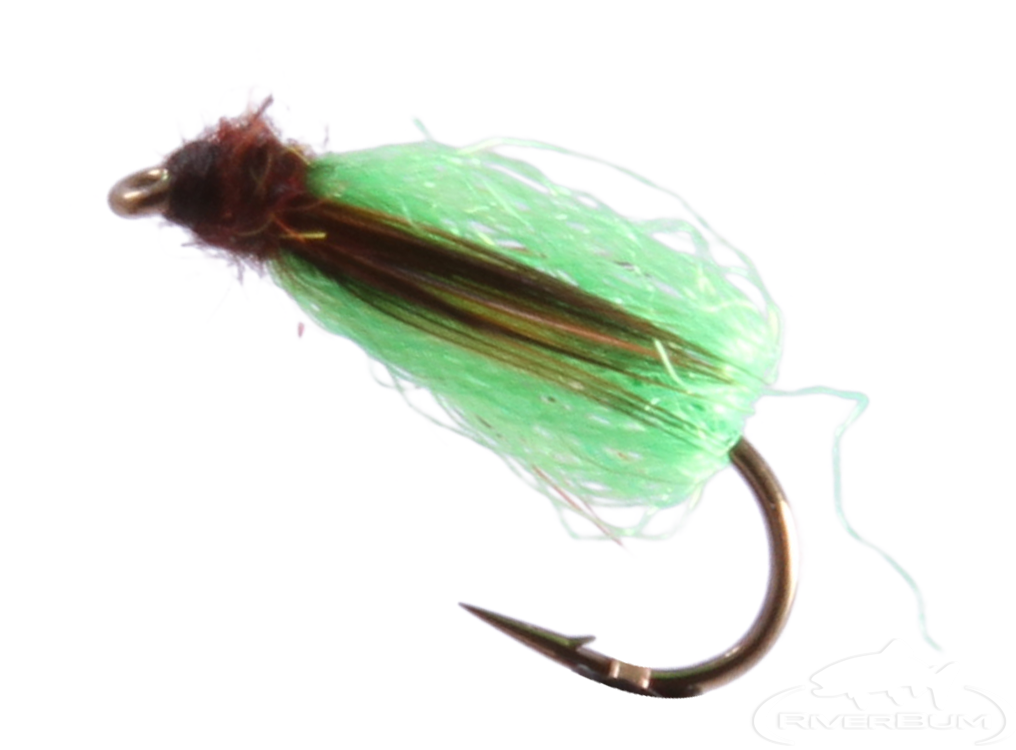
Deep Sparkle Pupa, Green
This popular and innovative Green Deep Sparkle Pupa pattern was developed by the late Gary LaFontaine. Hours of underwater reasearch with scuba or snorkel equipment revealed that caddis can form a gas bubble around themselves when prepering to hatch. The antron or Z-lon case around this fly forms a transluscent impression of that bubble that trout find hard to resist. Fly fishermen everywhere have made this fly one of the staples in their selections.
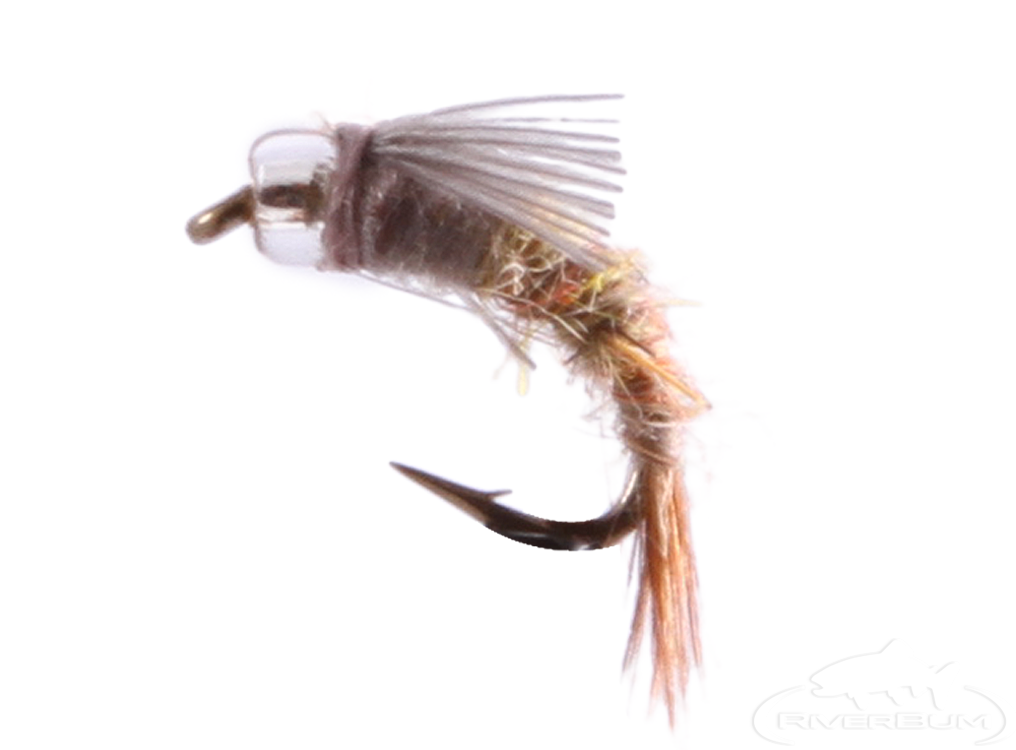
Barr Emerger, Bead Head, Blue Wing Olive
The Barr Emerger, Bead Head, Blue Wing Olive Fly matches the early stages of a hatching mayfly. Created by John Barr, it can be fished deep as a nymph, through the middle of the water column, or just under the surface. This emerger closely resembles a baetis or blue winged olive mayfly but it will work on many waters all year long. The weight of the bead makes this a great pattern to drop off of a dry fly. The flash from the bead matches natural gas bubbles emerging mayflies have and will help the fish single out your fly among the naturals.










